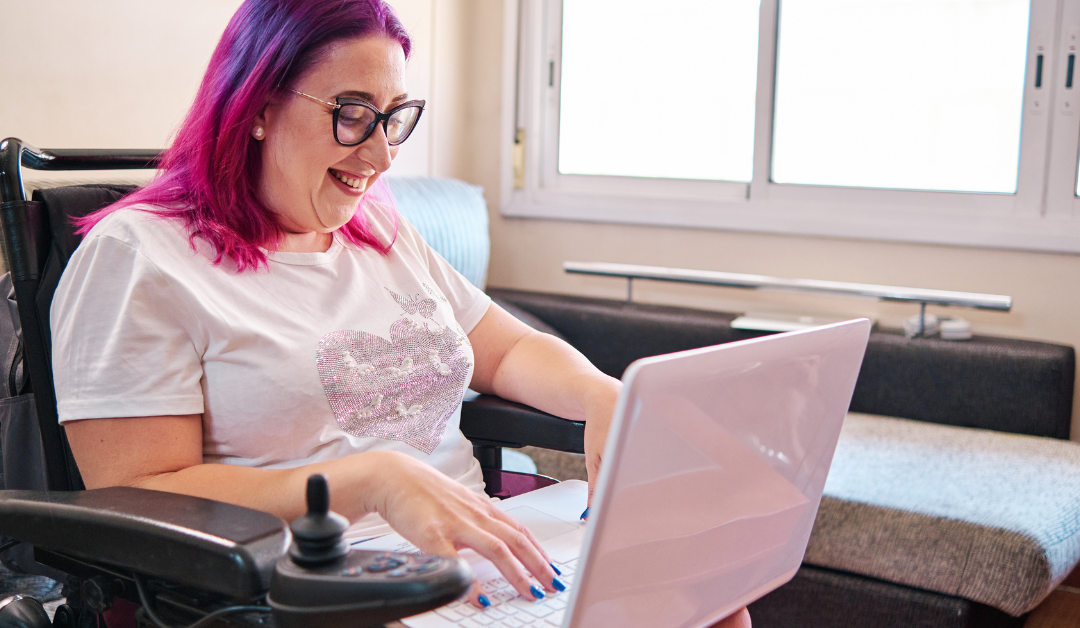Design has the power to shape our environment and improve the lives of individuals with disabilities. Whether it’s in architecture, technology, or everyday products, designing for disabilities is essential for creating accessible and empowering experiences.
In this blog, we’ll explore the importance of designing for disabilities and the key principles to consider when creating inclusive spaces and products.
1. Universal Design for Accessibility
Universal design aims to create products, environments, and services that can be used by people of all abilities and disabilities. By considering the diverse range of users’ needs, universal design ensures that everyone can access and use a space or product comfortably and independently. It involves elements such as ergonomic design, intuitive interfaces, clear signage, and barrier-free access, enabling individuals with disabilities to navigate and interact with their surroundings with dignity and autonomy.
2. Inclusive User Experience
Designing for disabilities goes beyond physical accessibility. It also encompasses creating inclusive user experiences in digital interfaces and technology. This involves considering factors such as color contrast for individuals with visual impairments, alternative text for images, captioning for videos, keyboard navigation for those with motor disabilities, and accommodating assistive technologies like screen readers. Inclusive user experience design ensures that individuals with disabilities can fully participate in the digital realm, access information, and engage with technology.
3. Collaboration and Co-Design
Designing for disabilities necessitates involving individuals with disabilities in the design process. Collaboration and co-design with end-users bring valuable insights and lived experiences to the table, ensuring that the design solutions truly address their needs. By actively involving individuals with disabilities, designers can create more effective and meaningful solutions that enhance accessibility and inclusivity.
4. Sensory Considerations
Designing for disabilities also involves addressing sensory considerations. For individuals with sensory sensitivities, such as those with autism or sensory processing disorders, creating environments or products that reduce sensory overload can greatly improve their experience. This may involve incorporating calming elements, providing quiet spaces, minimizing excessive visual stimuli, or offering adjustable lighting and sound levels.
5. Promoting Dignity and Independence
Designing for disabilities is not solely about functionality; it’s about promoting dignity and independence. It’s about ensuring that individuals with disabilities can participate fully and comfortably in society. By creating inclusive spaces and products, we empower individuals to navigate their surroundings, engage in activities, and pursue their goals with confidence and autonomy.
In conclusion, designing for disabilities is a crucial aspect of creating inclusive and accessible spaces and products. By embracing universal design principles, focusing on inclusive user experiences, collaborating with individuals with disabilities, considering sensory needs, and promoting dignity and independence, we can create a world that is welcoming and empowering for all. Design has the power to break down barriers and transform lives, making accessibility a fundamental part of our design ethos.
Want A Helping Hand?
Hope Human Services provides disability services in Washington State. Our team doesn’t just provide support, but creates exceptional life experiences.

